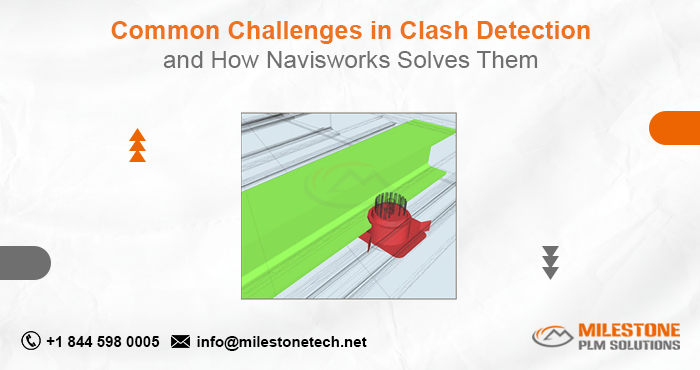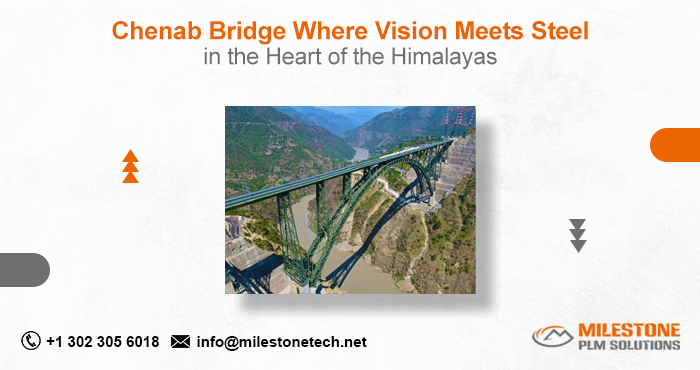Common Challenges in Clash Detection and How Navisworks Solves Them
- Milestone PLM Solutions
- Jan 6
- 2 min read
Clash detection, the process of identifying and resolving conflicts between different building components in a 3D model, is a critical step in any construction project. These clashes, ranging from minor interferences to major obstructions, can significantly impact project timelines, budgets, and safety.
This post will explore some of the most common challenges encountered in clash detection and how Navisworks, a powerful 4D construction simulation software, can effectively address them.

1. Identifying and Classifying Clashes:
Challenge: Manually identifying clashes in complex models with numerous components can be incredibly time-consuming and prone to human error.
Navisworks Solution: Navisworks excels at automatically detecting clashes between various building elements. Its sophisticated algorithms can quickly analyze models from different sources (BIM, CAD, etc.) and identify potential conflicts based on user-defined criteria. Furthermore, Navisworks allows users to classify clashes based on severity (minor, major, critical), type (mechanical, architectural, structural), and other relevant parameters. This classification system helps prioritize clash resolution efforts and facilitates effective communication among project stakeholders.
2. Data Management and Collaboration:
Challenge: Managing and sharing large volumes of model data across different teams and disciplines can be challenging.
Navisworks Solution: Navisworks provides a robust platform for managing and sharing project data. Users can easily import and link models from various sources, including Revit, AutoCAD, and other common software. The software also facilitates seamless collaboration by enabling multiple users to simultaneously review and analyze models, share clash reports, and track progress.
3. Visualizing and Communicating Clashes:
Challenge: Effectively communicating clash information to all project stakeholders, including architects, engineers, contractors, and subcontractors, can be difficult.
Navisworks Solution: Navisworks offers powerful visualization tools that enable users to clearly communicate clash information. The software allows users to create dynamic 3D visualizations of clashes, including animations and fly-throughs, which can help stakeholders better understand the nature and extent of the problem.
4. Resolving Clashes Efficiently:
Challenge: Resolving clashes often requires coordination and communication among multiple teams and disciplines.
Navisworks Solution: Navisworks provides a collaborative platform for resolving clashes. Users can easily mark up models to indicate proposed solutions, assign responsibility for resolving specific clashes, and track the progress of resolution efforts. The software also allows users to generate reports that document the resolution process and communicate progress to all stakeholders.
5. Minimizing Construction Delays and Cost Overruns:
Challenge: Unidentified and unresolved clashes can lead to costly delays and rework during construction.
Navisworks Solution: By proactively identifying and resolving clashes in the design phase, Navisworks helps minimize construction delays and cost overruns. By identifying potential problems early on, project teams can make informed decisions, implement design changes, and coordinate construction activities more effectively.
Conclusion:
Clash detection is a critical step in any successful construction project. By addressing the challenges associated with clash detection, Navisworks empowers project teams to improve project coordination, enhance communication, and ultimately deliver projects on time and within budget.
By leveraging the power of Navisworks, construction professionals can navigate the maze of clash detection and ensure that their projects are built efficiently, safely, and successfully


